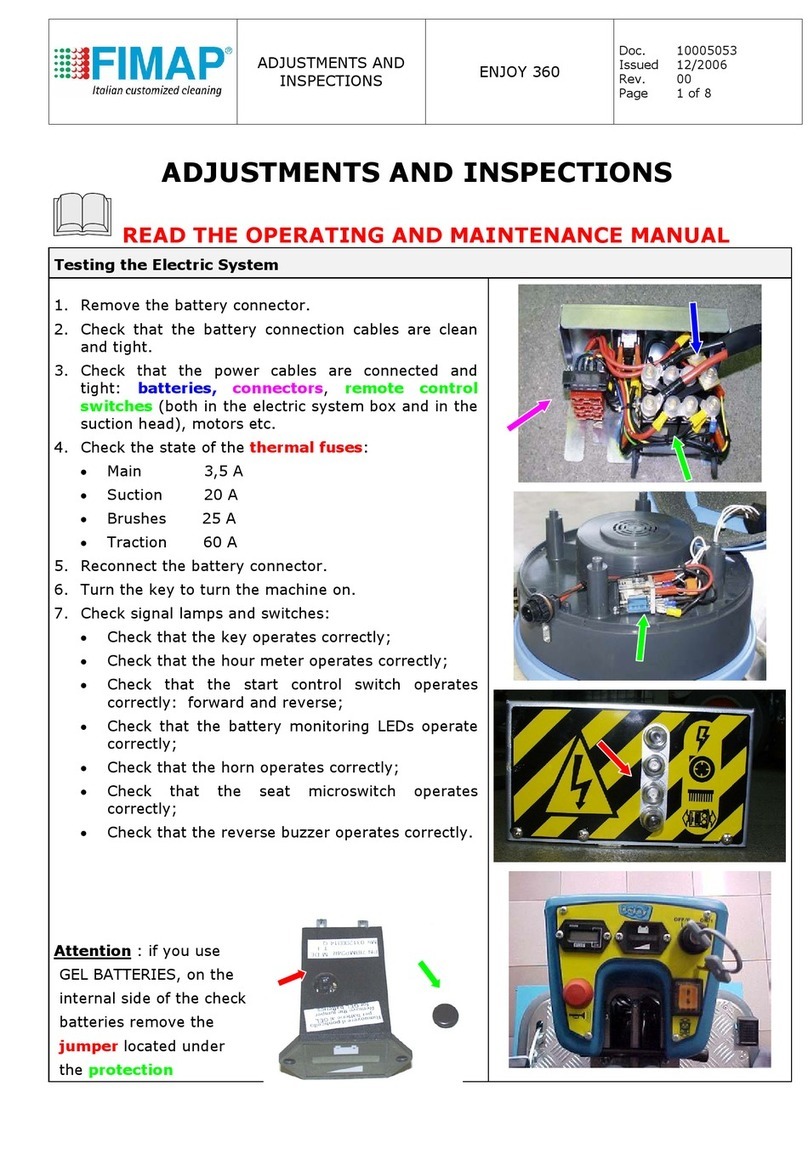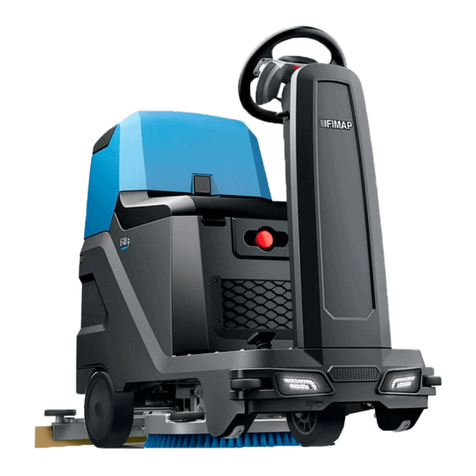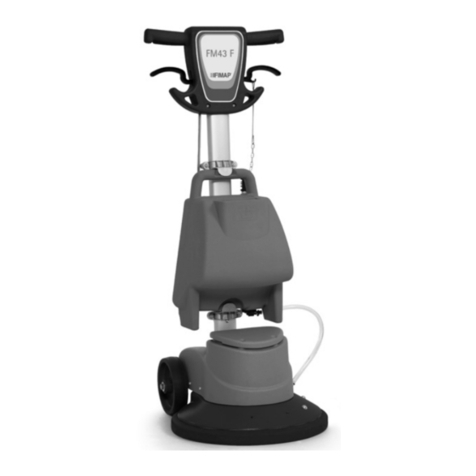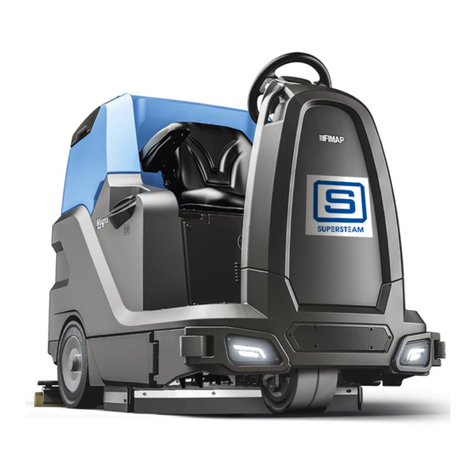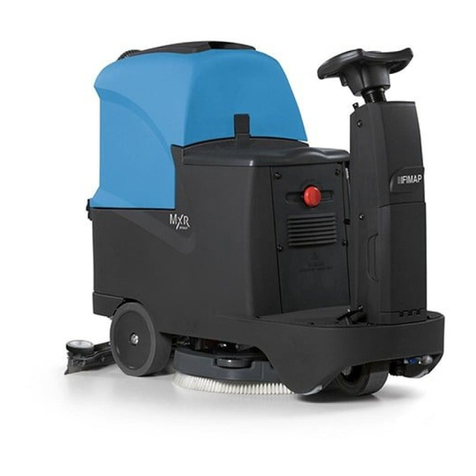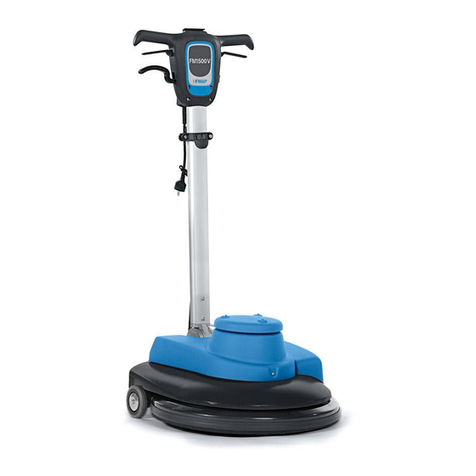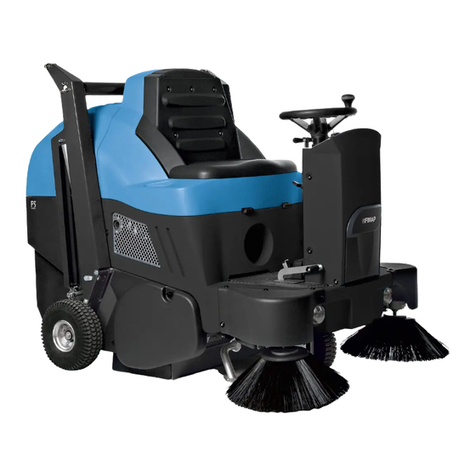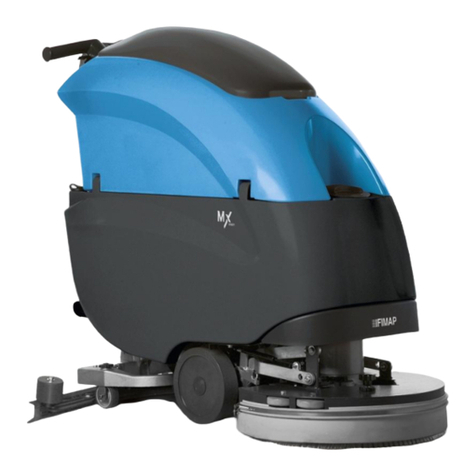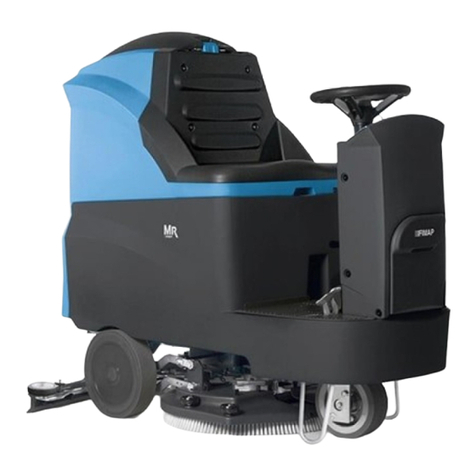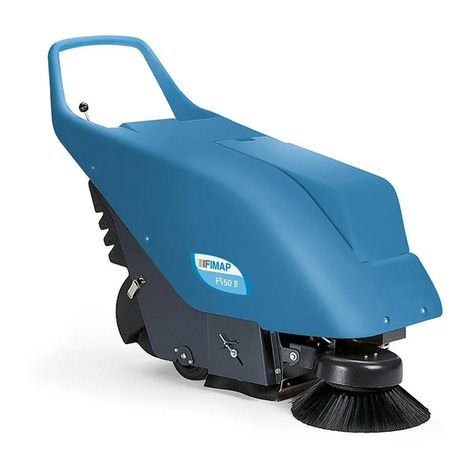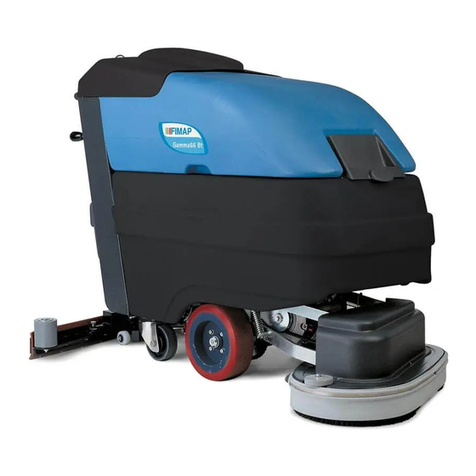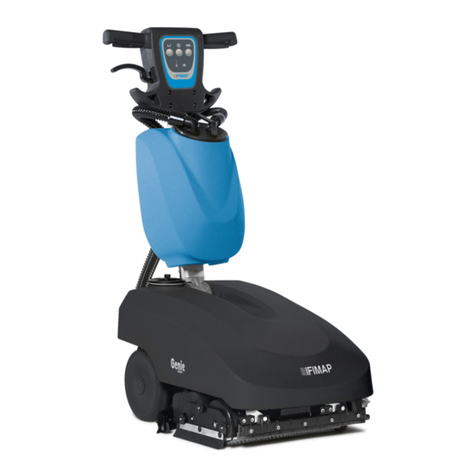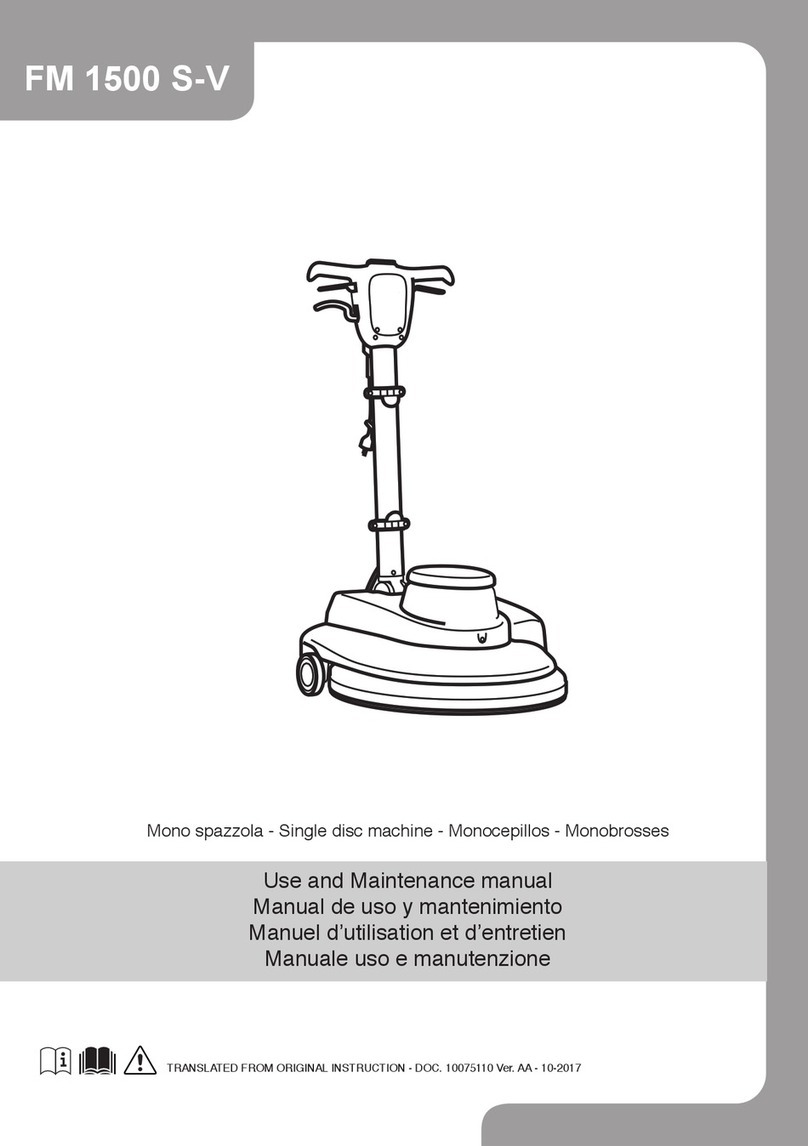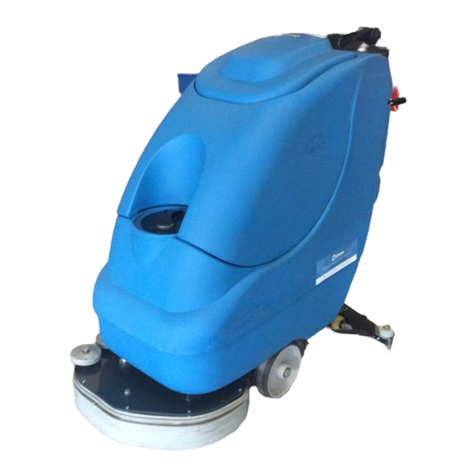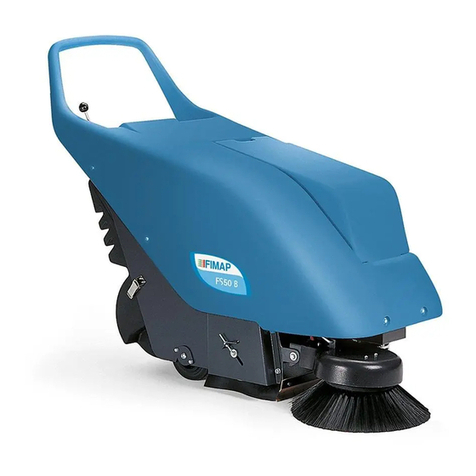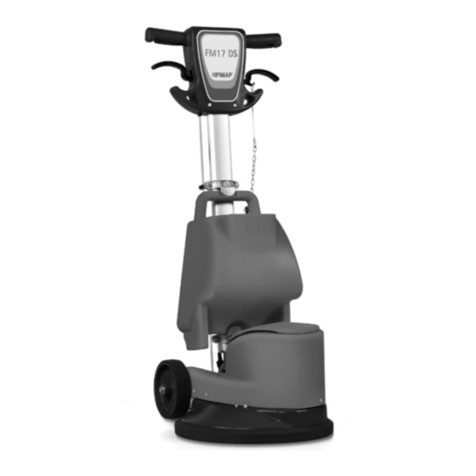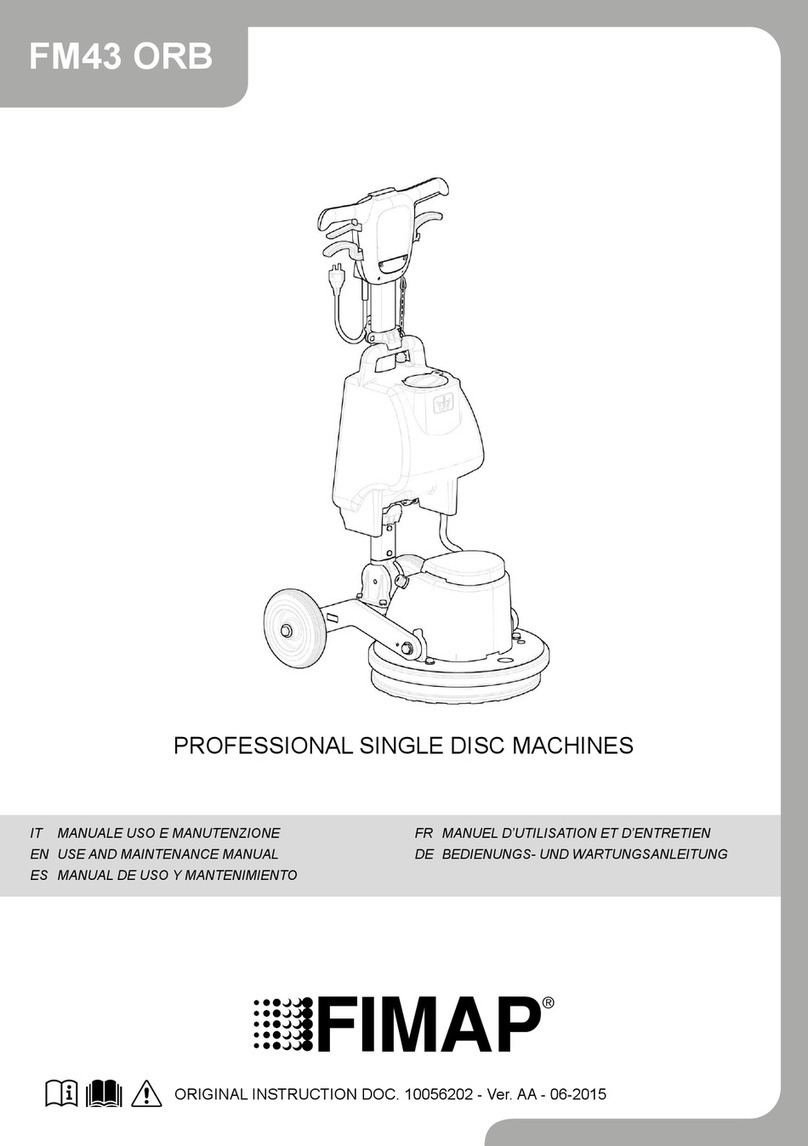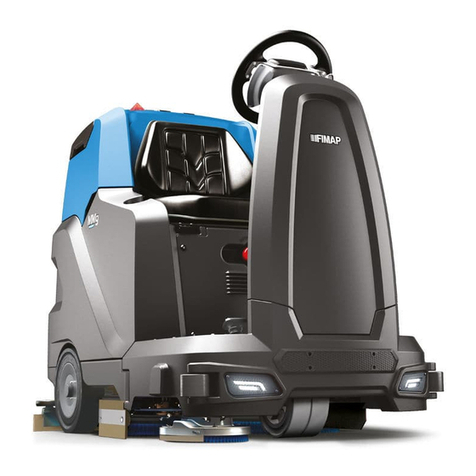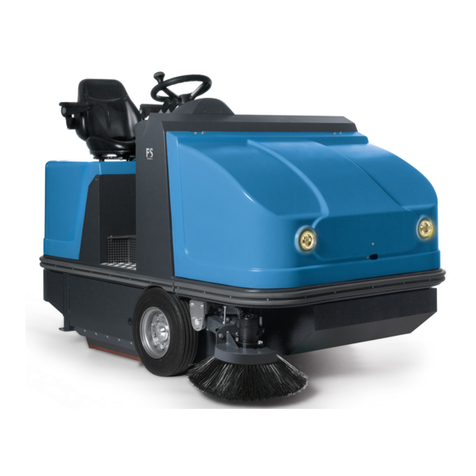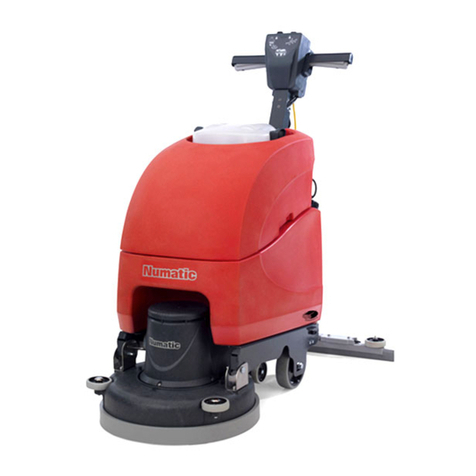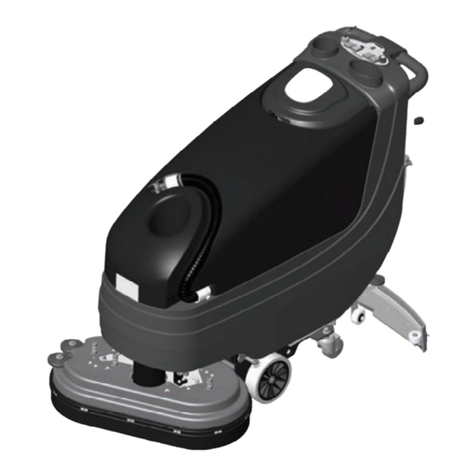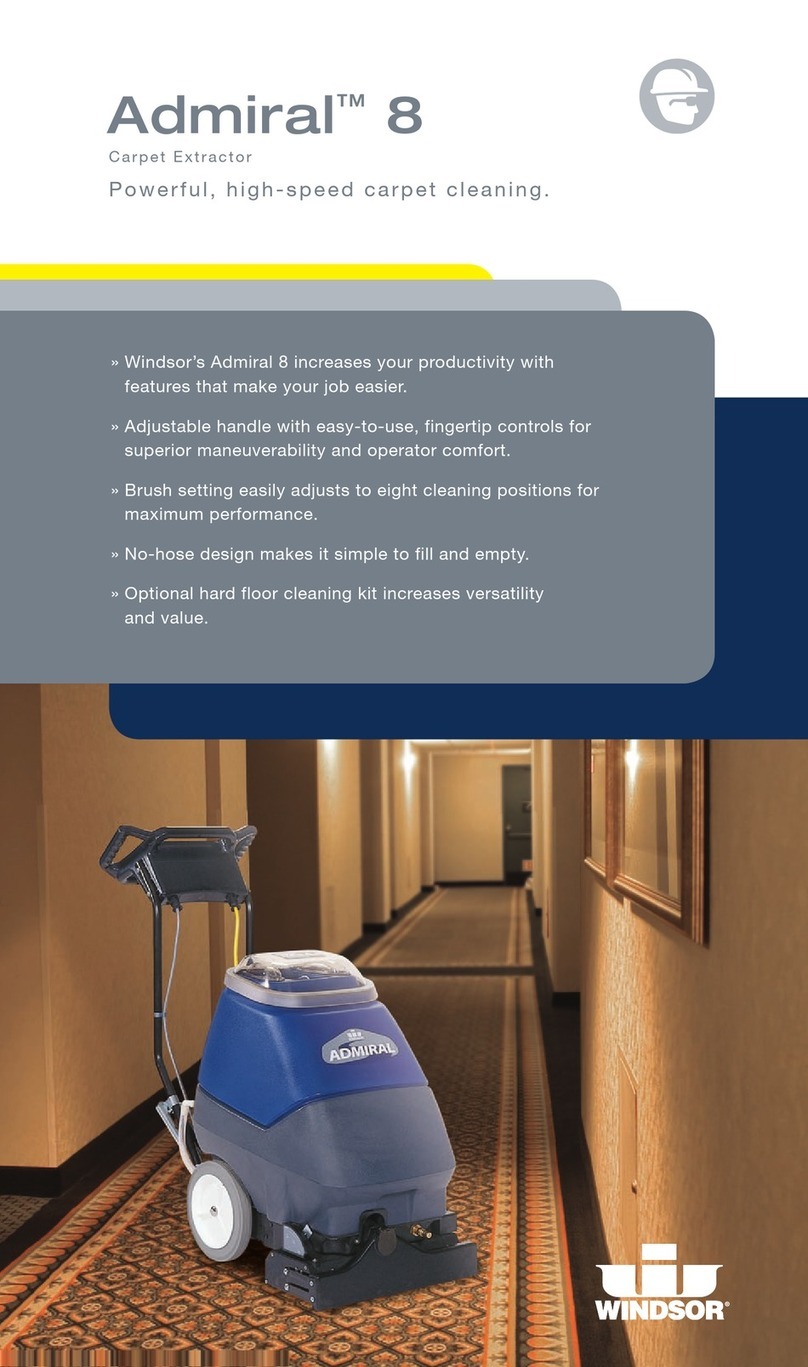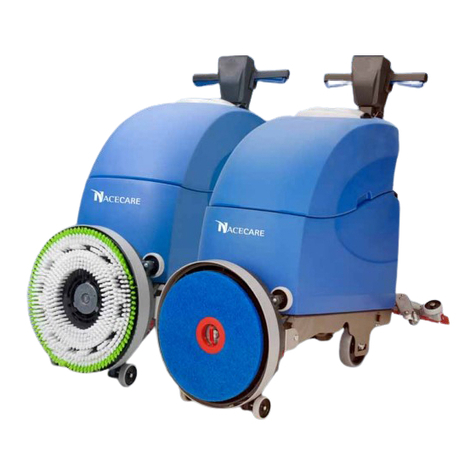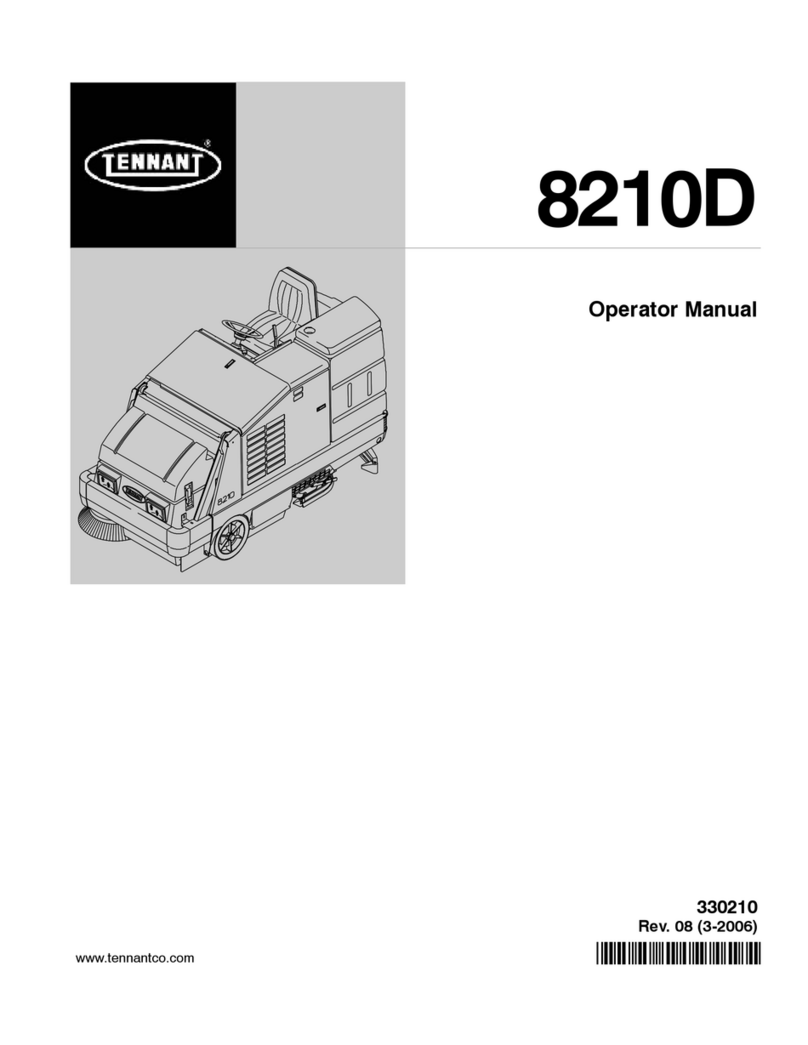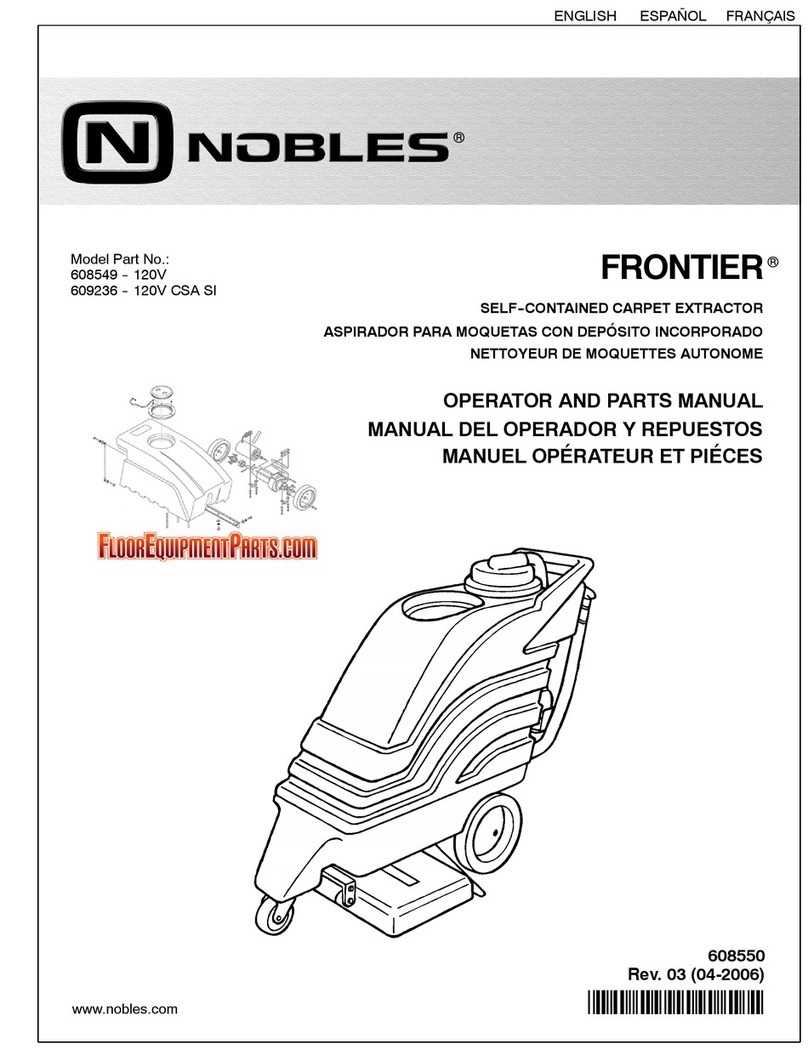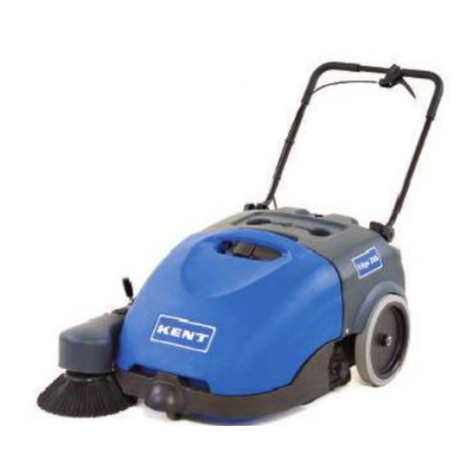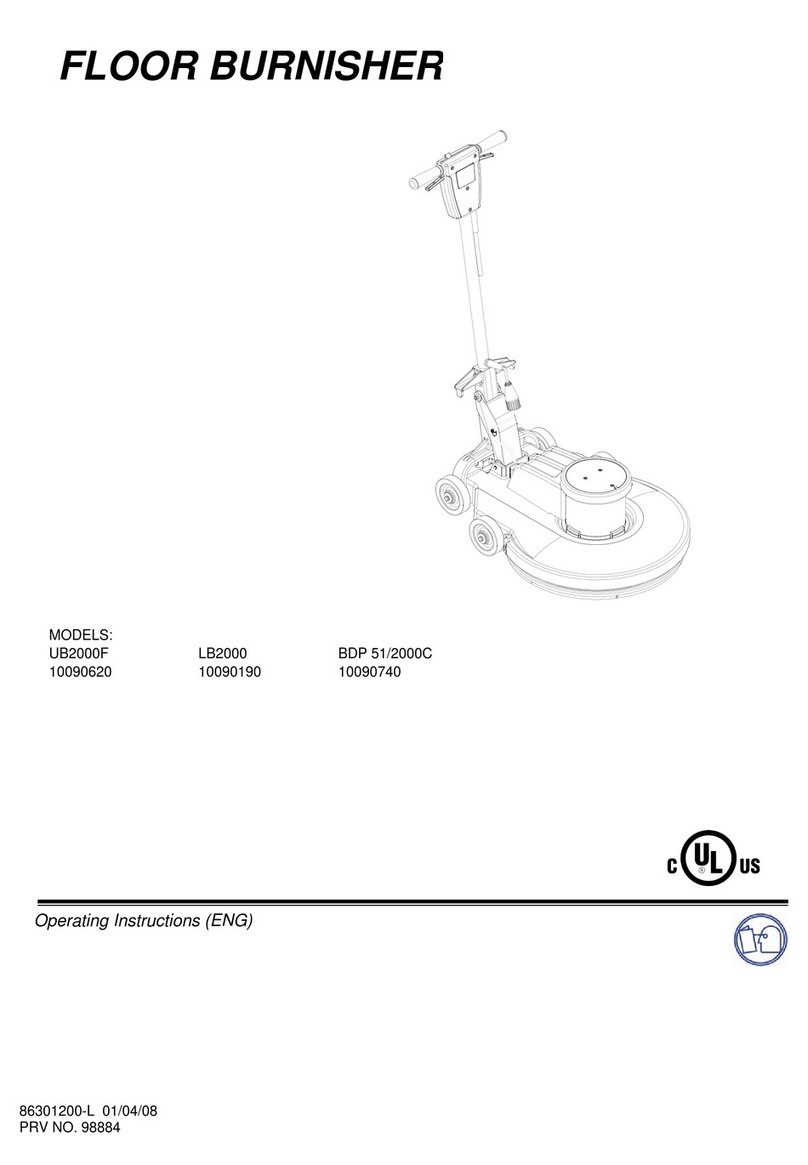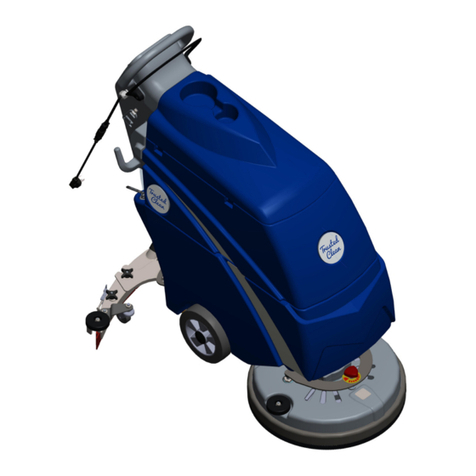SUMMARY
ON CONSIGNMENT OF THE MACHINE............................................................................................................................... 35
INTRODUCTORY COMMENT............................................................................................................................................... 35
TECHNICAL DATA............................................................................................................................................................... 35
SYMBOLOGY USED ON THE MACHINE............................................................................................................................... 36
MACHINE PREPARATION...................................................................................................................................................39
1. HANDLING OF THE PACKED MACHINE......................................................................................................................................................... 39
2. HOW TO UNPACK THE MACHINE................................................................................................................................................................... 39
3. INSTALLATION OF THE BATTERIES INTO THE MACHINE.........................................................................................................................40
4. CONNECTION OF THE BATTERY CONNECTOR ............................................................................................................................................40
5. CONNECTION OF THE BATTERY CHARGER...................................................................................................................................................41
6. RECHARGE OF THE BATTERIES ......................................................................................................................................................................41
7. LEVEL INDICATOR FOR THE CHARGE OF THE BATTERIES........................................................................................................................41
8. SQUEEGEE ......................................................................................................................................................................................................... 42
9. ADJUSTMENT HEIGHT SQUEEGEE SUPPORT.............................................................................................................................................. 42
10. BRUSHES ASSEMBLY...................................................................................................................................................................................... 43
11. ASSEMBLY CYLINDRICAL BRUSH ................................................................................................................................................................. 44
12. ASSEMBLY SIDE BARS .................................................................................................................................................................................... 44
13. HOPPER............................................................................................................................................................................................................. 44
14. SOLUTION WATER .......................................................................................................................................................................................... 45
15. RECOVERY TANK............................................................................................................................................................................................. 45
GENERAL RULES OF SECURITY .........................................................................................................................................46
PERFORMANCE................................................................................................................................................................... 47
CHECK MOTORS..................................................................................................................................................................................................... 49
PRESSURE BRUSHES............................................................................................................................................................................................. 49
TRACTION ............................................................................................................................................................................................................... 50
SQUEEGEE AUTOMATIC - MANUAL.................................................................................................................................................................... 50
BASE CYLINDRICAL BRUSH (TUNNEL) AUTOMATIC - MANUAL.................................................................................................................... 50
BRAKES.....................................................................................................................................................................................................................51
HORN........................................................................................................................................................................................................................51
BLINKING AND WORKING LIGHTS......................................................................................................................................................................51
ON COMPLETION OF THE WORK ....................................................................................................................................... 52
DAILY MAINTENANCE........................................................................................................................................................ 54
CLEANING OF THE RECOVERY TANK................................................................................................................................................................. 54
CLEANING OF THE RECOVERY TANK FILTER................................................................................................................................................... 54
CLEANING OF THE SQUEEGEE............................................................................................................................................................................ 54
REPLACEMENT OF THE SQUEEGEE RUBBER....................................................................................................................................................55
DISASSEMBLY OF THE BRUSHES.........................................................................................................................................................................55
SOLUTION TANK AND FILTER CLEANING......................................................................................................................................................... 56
CLEANING OF THE HOPPER ................................................................................................................................................................................ 56
WEEKLY MAINTENANCE.................................................................................................................................................... 57
ADJUSTMENT SIDE BARS......................................................................................................................................................................................57
ADJUSTMENT SPLASH GUARD BRUSHES BASE ................................................................................................................................................57
ADJUSTMENT HEIGHT CYLINDRICAL BRUSH...................................................................................................................................................57
CLEANING OF THE SUCTION HOSE.................................................................................................................................................................... 58
CLEANING FILTER SUCTION MOTORS............................................................................................................................................................... 58
TROUBLE SHOOTING GUIDE.............................................................................................................................................. 59
INSUFFICIENT WATER ONTO THE BRUSHES ................................................................................................................................................... 59
THE SQUEEGEE DOES NOT DRY PERFECTLY.................................................................................................................................................... 59
THE SUCTION MOTOR DOES NOT FUNCTION ..................................................................................................................................................60
THE MACHINE DOES NOT START .......................................................................................................................................................................60
EXCESSIVE FOAM PRODUCTION ........................................................................................................................................................................60
THE MACHINE DOES NOT CLEAN SATISFACTORILY........................................................................................................................................61
CHOICE AND USE OF BRUSHES..........................................................................................................................................62
BATTERIES..........................................................................................................................................................................63
BATTERY TYPE ....................................................................................................................................................................................................... 63
MAINTENANCE OF THE BATTERY ...................................................................................................................................................................... 63
DISPOSAL OF BATTERIES..................................................................................................................................................................................... 63
34

